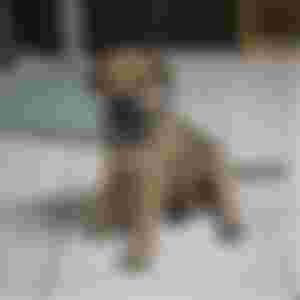
Swimmer puppy syndrome is generally considered an untreatable disorder, but nowadays, the management of this disorder has improved with many new innovative techniques. I have shared some information on the treatment of Swimmer puppy syndrome in Swimmer Puppy Syndrome: My Experience Part 1, among others, are medical interventions and home therapies.
In part 2, Whoopi’s Swimmer puppy syndrome treatment has consisted of a combination of environmental modifications, a healthy diet, and physiotherapy interventions. I will give more focus on physiotherapy interventions and nesting techniques.
Whoopi’s medical management commenced as early as his diagnosis is confirmed. Bedding and environment modifications, nesting technique, and supplement therapy are given concurrently with physiotherapy treatment.
Physiotherapy pre-interventions examination at aged of three weeks old:
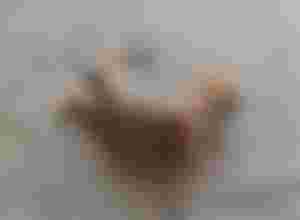
On observation
- No evidence of spine/body structure abnormality.
- Whoopi raised his front chest off the ground with the support from his two front legs.
- Both hind legs are positioned in external rotation, splayed laterally out from the body.
On physical examination
- Both front and hind legs passively full range of movement and no joint abnormality seen.
- No spine abnormality at the pelvic region
- Both front legs muscle tone and sensory are intact.
- Both hind legs are reduced in muscle tone.
- On stimulation assessment, both hind legs sensory is intact.
- No leg length discrepancy was seen over both hind legs.
- Actively, both hind legs can be position in normal anatomical posture.
Mobility and transfer
- Whoopi was unable to weight bear on both hind legs.
- Forward movement by dragging the lower body forward.
Aims of Physiotherapy management
- To increase hind legs muscle tone and strength.
- To increase muscle length and flexibility.
- To activate hind legs coordination and joint proprioception awareness.
- To improve blood circulation and lymphatic return of immobilized limbs.
- To institute weight-bearing on all four legs.
- To facilitate walking, running, and jumping.
Physiotherapy interventions
- Use of harness to keep chest wall off the ground surface, 15 minutes daily, preferred 1 hour after nursing.
- Use of sling to institute weight-bearing awareness over the legs. Fifteen minutes daily preferred 1 hour after nursing.
- Taping techniques to keep the legs in normal functional position to facilitate proper developmental growth, 15 to 20 minutes, two to three repetitions daily.
- Massage therapy stimulates muscle and nerve function, improves blood circulation and venous return. Effleurage and kneading techniques for 20 minutes each leg.
- Passive exercise to maintain normal range of movement and muscle properties over the affected and unaffected limbs. Three to four repetitions daily for 20 minutes.
- Weight-bearing exercise over the hind legs to institute weight equally distributed from the hips to the knees and foot. Developmental milestone technique, 30 minutes twice daily.
- Tactile stimulation exercises to improve sensory stimulation using a soft toothbrush or a China calligraphy brush. Twenty minutes, Two repetitions daily.
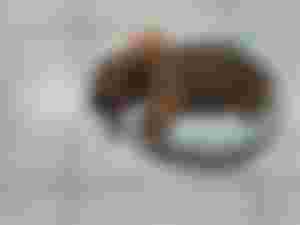
Nesting technique
The main objective of the Nesting technique application in Neonate Intensive Care was to minimize physiological instability and to reduce stress levels among preterm babies. This so-called developmental supportive positioning promotes midline orientation, hand-to-mouth activity, and fetal flexor pattern.
Whoopi’s current medical situations are:
- Both his hind limbs, no evidence of joints abnormality.
- Both his hind legs splayed out from the body, no flexor pattern seen.
- Both his hind legs can put back manually to midline position.
- He is unable to stand on all four legs.
- No ambulation was seen (walking/running).
Therefore, the indications of nesting technique for Whoopi’s treatment was:
- To induce midline orientation of both hind limbs.
- To prevent external rotation of both hip joints
- To institute weight-bearing awareness, proprioception stimulation, and facilitate ambulation.
- To assist in chest wall elevation
Nesting technique application
Preparation 1
Material: 1 piece Bath towel, moderate size, soft texture.
Preparation 2
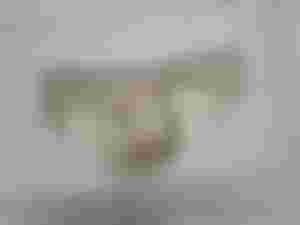
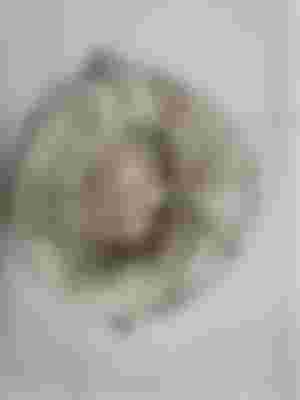

“Nesting” can easily customize by folding bedding into the shape of a thick, sturdy, fitted Ring, step 1 to step 3.

Instruction:
- The “nest” needs to be deep enough (depends on the body size of the puppy), to keep both its front and hind limbs in midline orientation and provides postural stability.
- The sides of the “nest” need to be close enough around both its hind limbs to ensure both the hind legs are tuck inside in a normal anatomical position.
- The puppy’s neck should be kept in an extension position to prevent neck flexion.
- The puppy can be position either prone (lying on the stomach) or in side-lying.
- The nesting technique can be applied when the puppy is sleeping.
Outcome
After three weeks of environmental modifications therapy, a healthy diet workout, and an intensive physiotherapy sessions. Whoopi, the puppy that once was unable to stand or walk, has grown to be an active and happy puppy.

Conclusion
Early medical intervention will lead to a higher recovery rate.
The owner’s commitment plays a crucial role in ensuring consistency and timely delivery of treatment.
Patience, dedication, persistence, and hard work are the key elements of successful therapy.
Please check with your veterinarian first before commencing the nesting technique and check out for red flags.
Nesting technique, another creative and innovative intervention measure in the treatment of Swimmer puppy syndrome. It works for my Whoopi. I do hope it works for yours too.
Thank you.

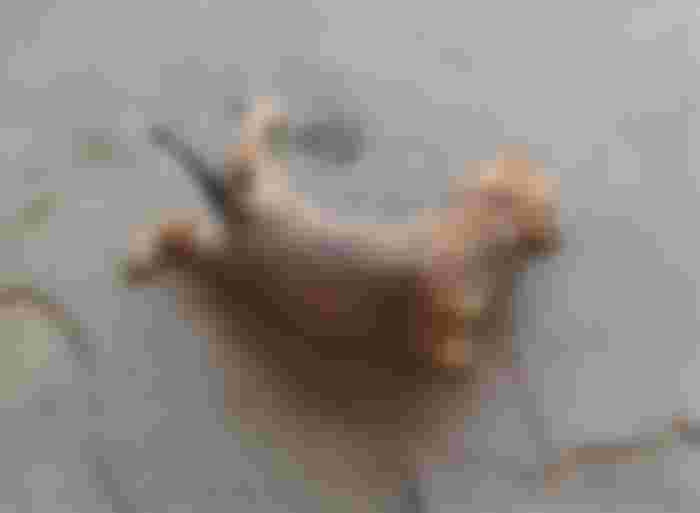

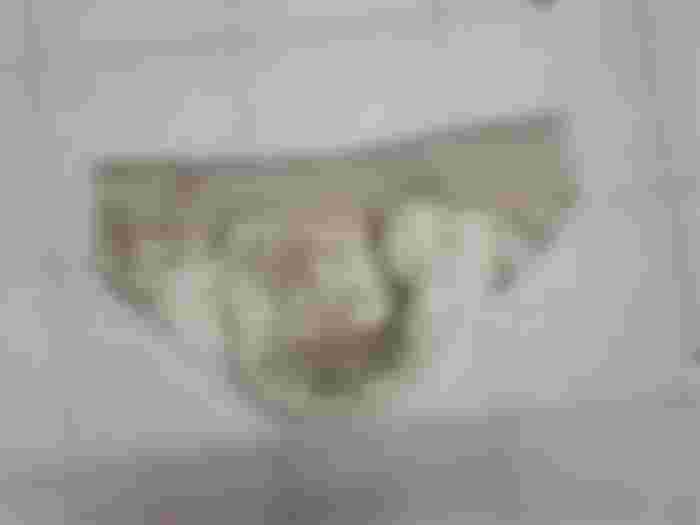
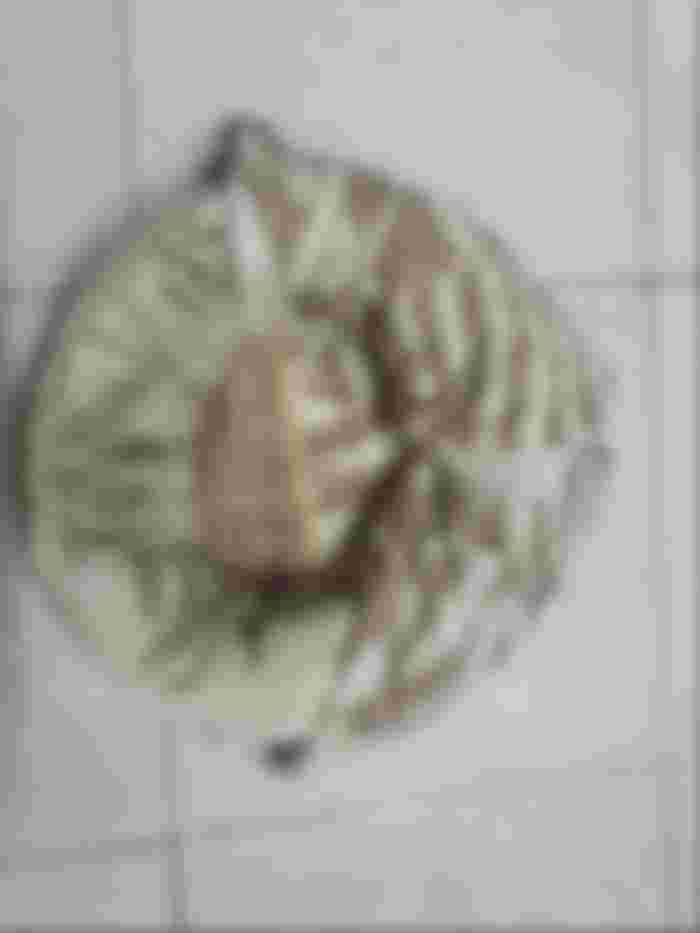

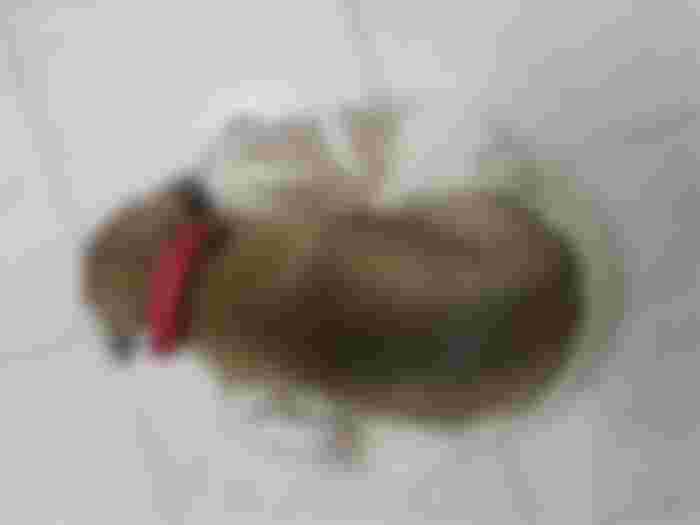
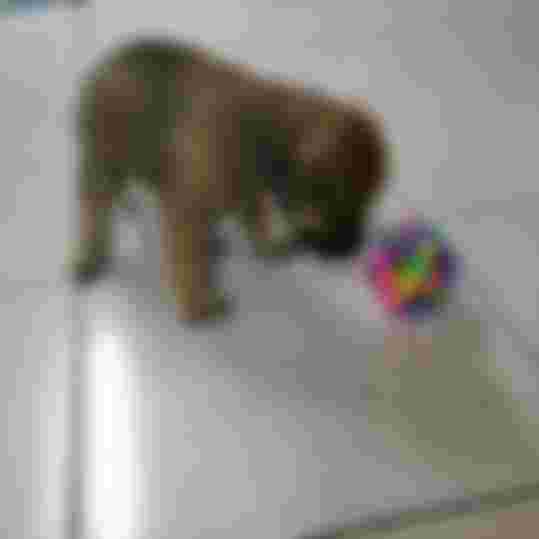
Wow! I'm so happy to see whoopi on all 4 limbs now! 👍 Indeed, patience, determination and early intervention can give great outcomes. The PT management is quite similar interventions we do in humans, that is really great. Good job to both of you!